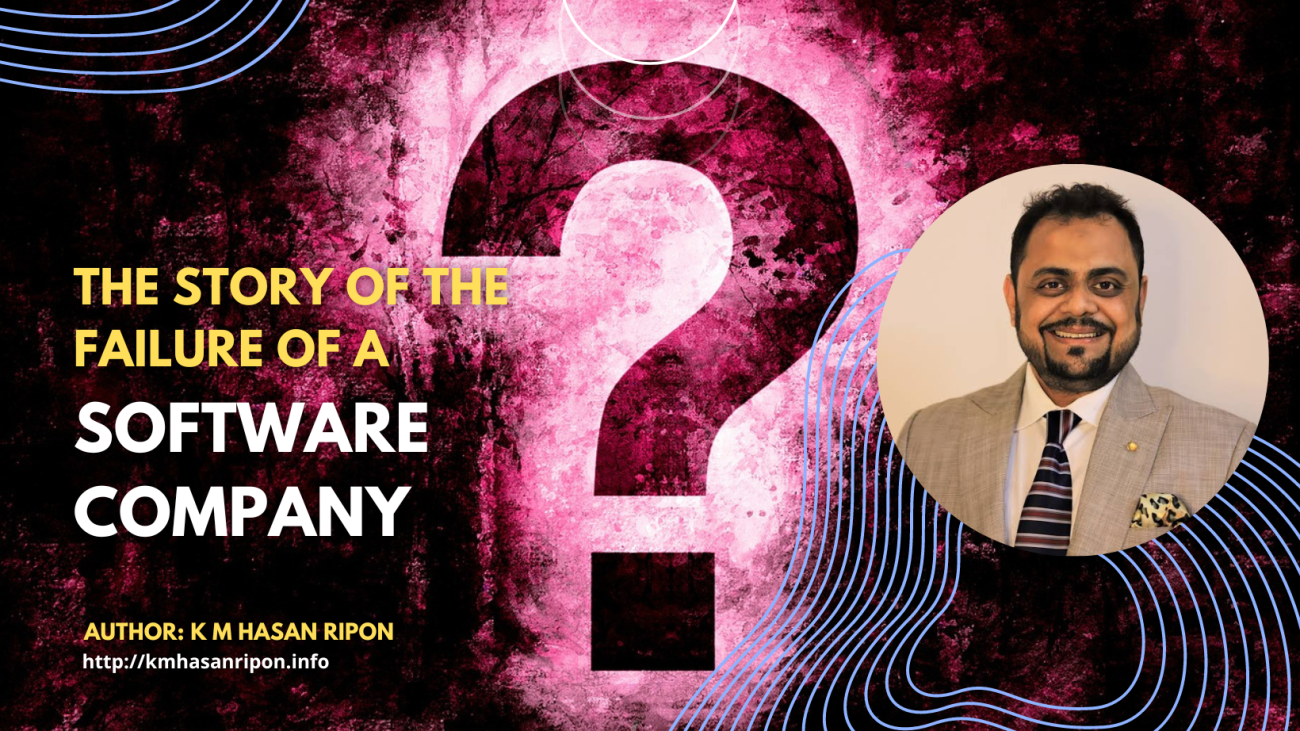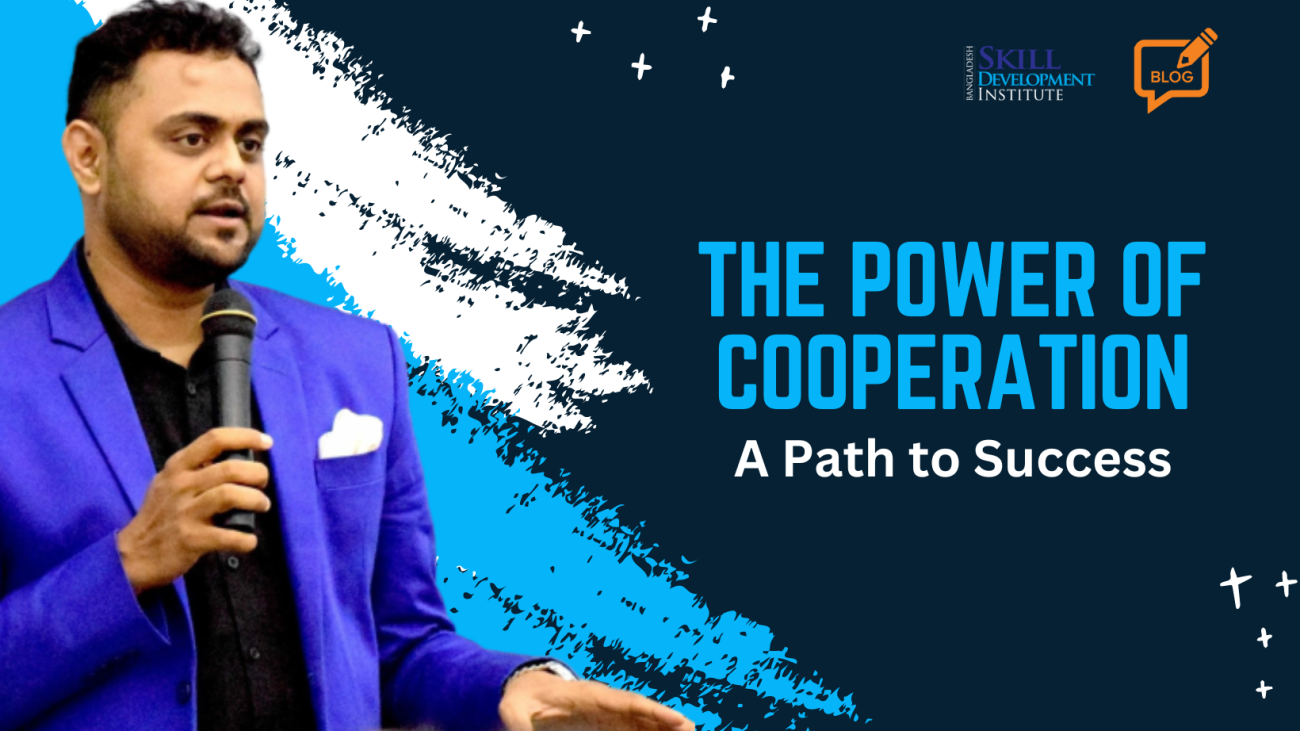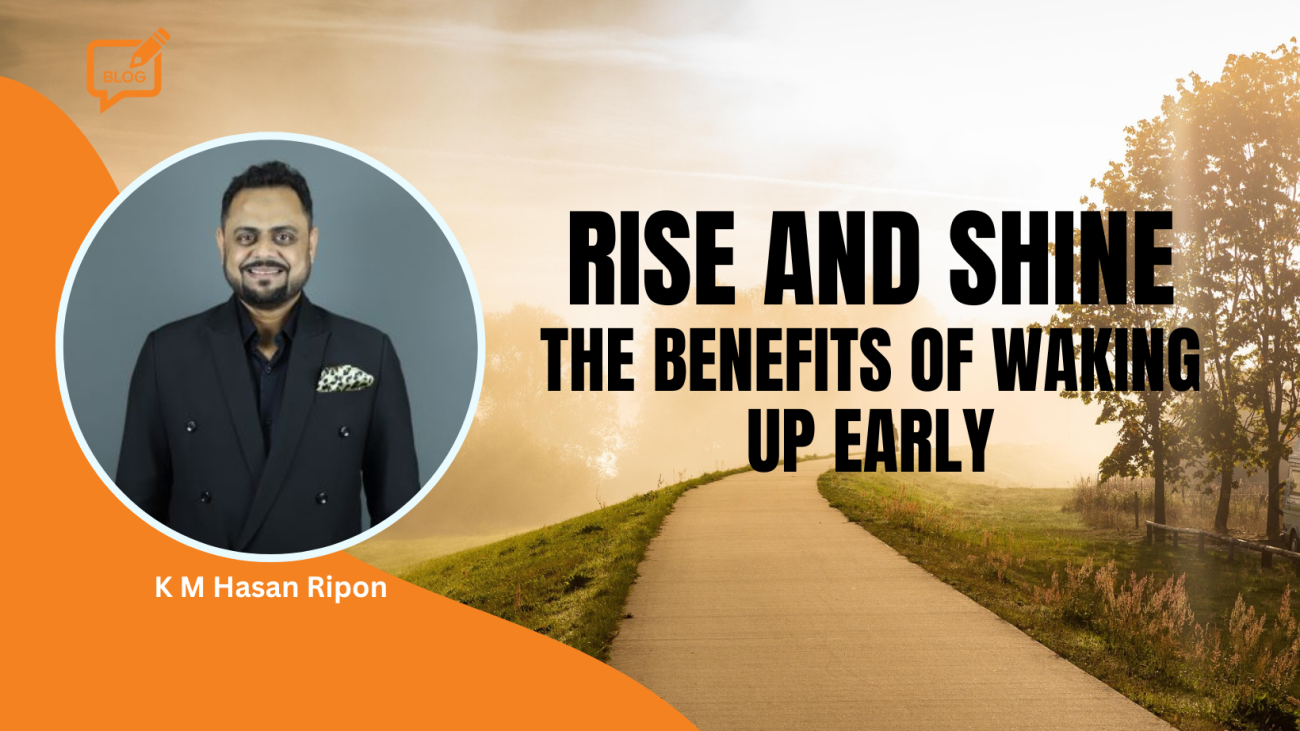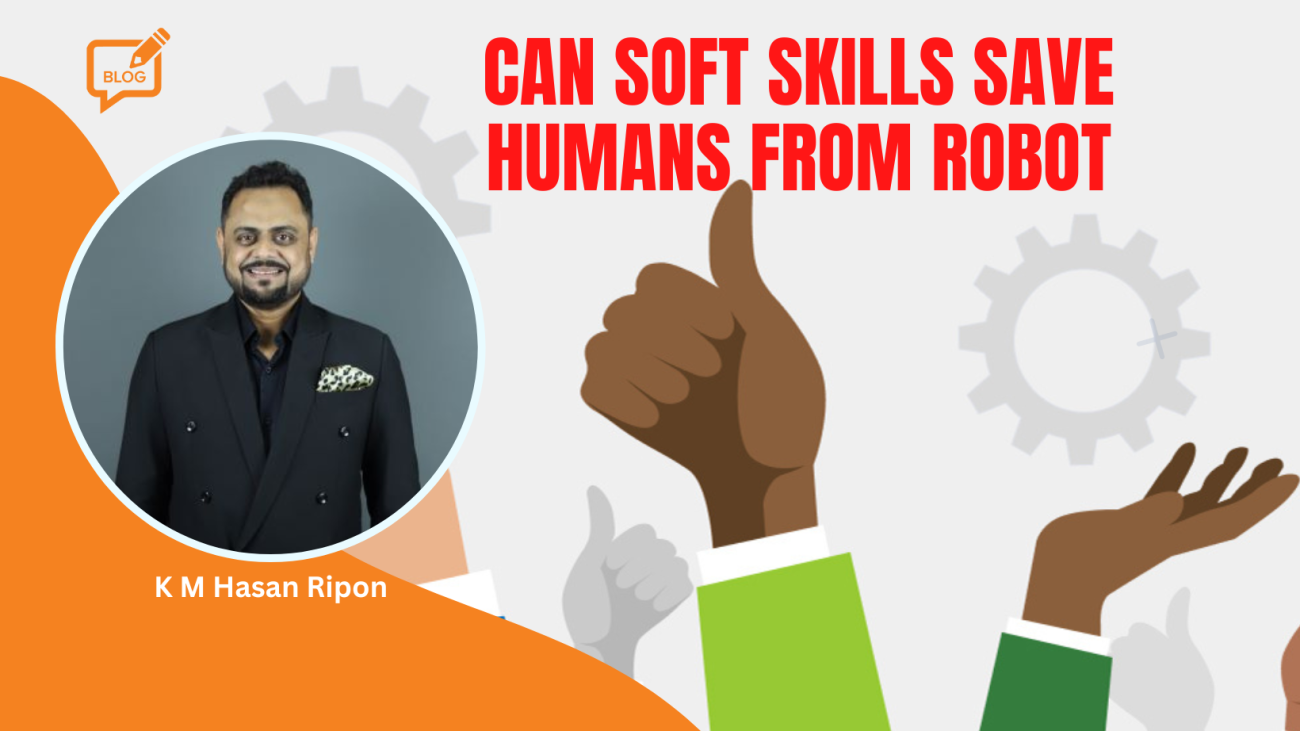To find a job that matches one’s talents, qualifications, and career aspirations, one must actively search for and apply for jobs. It’s an important part of a career and can be difficult and rewarding. To improve your chances of finding work, follow these suggestions:
Customize/Edit your CV or resume:
In your CV or resume, be sure to highlight any related projects or extracurricular activities. The projects you worked on during your time as a student. As well as your education, internships, and skills that are important to the job.
Video Resume:
Video resumes let job seekers show off their creativity, charm, and communication skills. It shows off both hard skills and soft skills, giving hiring managers a full picture of how well the candidate fits into the business mindset. Video resumes are especially helpful in the media, arts, and marketing industries because they let people show off their experience and give employers a chance to see how they present themselves, how confident they are, and what their skills are.
Use your college’s career services to their fullest.
Many schools and universities offer career services that can help you find a job, write a resume, prepare for an interview, and network with people who might hire you. If you need help, go to the career center on your college.
Maintain Your Network:
One way to network is to use your personal and business networks. Tell your friends, family, professors, and coworkers that you are looking for work. Sometimes, suggestions from people you know can put you in a better position.
Online job platforms:
Set up accounts on well-known job-search websites and social media sites for workers, such as LinkedIn. Look for and apply for appropriate entry-level jobs on a regular basis.
Apply Volunteering Experience:
Volunteering and jobs are both great ways to meet new people and get experience in the real world. From time to time, an internship can lead to a full-time job offer.
Increase Your Visibility:
You can talk to recruiters and hiring managers in person at job fairs and networking events, whether they are in person or online.
Company Research:
Do study on companies to find ones that share your professional goals and interests. Do a thorough search on these companies, find out what it’s like to work there, and then use their websites to directly apply for any open jobs.
Create Custom Applications:
For each job you apply for, make a cover letter and application that are tailored to that job and show how your experience and qualifications match the needs of the role.
Develop Interview Skills:
Prepare for interviews by looking at sample answers to common interview questions, making a list of stories from your own life, and practicing talking smoothly about your skills and achievements.
Accept Rejection:
When looking for a job, it’s normal to get turned down, so it’s important to keep trying and stay positive. Be determined and positive while you’re looking for a job.
Skill Development:
If you have some time between graduating and getting a job, you might want to take online classes or get certifications to improve your skills and make your resume more appealing to employers.
Personal Projects and Portfolios:
If it’s acceptable in your field, you might want to put together personal projects or showcases that show off your skills and creativity. This can be very helpful for artistic fields like design, writing, and coding.
Don’t hesitate for Personal Branding:
Personal branding can be done well with tools like LinkedIn, Twitter, and business blogs. A strong personal brand can help build trust and credibility in a field. Employers look at candidates’ social media profiles to see how they act online and how professional they are. To show their experience, knowledge, and interest, candidates share consistent and smart content on their profiles. Personal branding can lead to meeting new people, working with others, and getting job offers. Social media also helps candidates connect with leaders in their field and possible companies. This helps them build their professional networks and opens up new opportunities.
Just remember that getting your first job can take some time. Be flexible and keep changing your plans when you get feedback. Even after you finish, you still need to be proactive, keep learning, and make connections if you want to increase your chances of getting the perfect job. Best wishes!
Author:
K M Hasan Ripon, Executive Director
Bangladesh Skill Development Institute (BSDI)
Email: [email protected]










